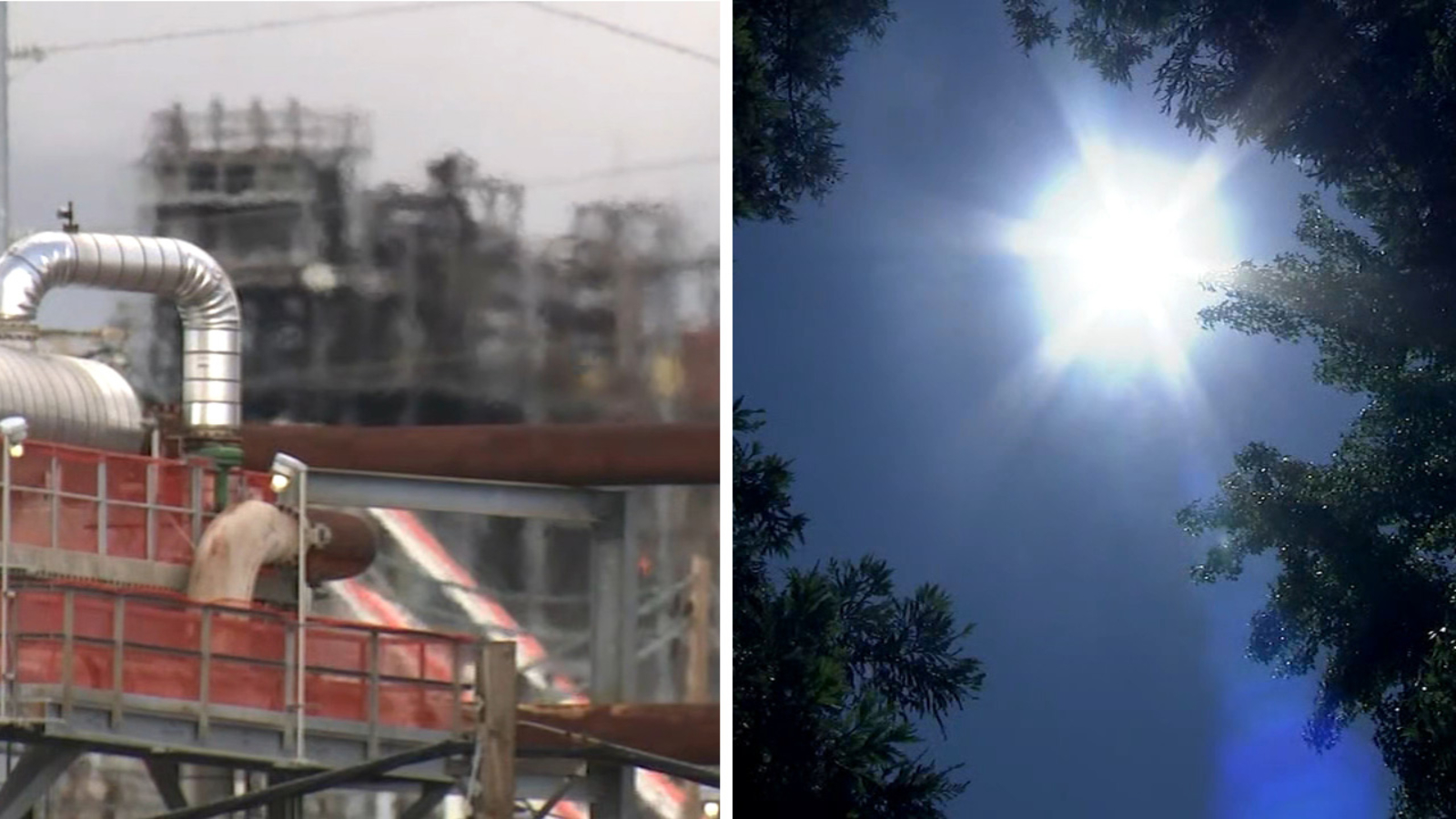SAN FRANCISCO (KGO) — Summer is always hot. But experts say there is something important to understand about what’s different regarding this current heat wave hitting the Bay Area.
“Temperatures that you are about to experience this week, and maybe next week, in California, would have been made virtually impossible without human-induced climate change,” says Shel Winkley.
Winkley is a meteorologist and the Weather and Climate Engagement specialist at Climate Central, a nonprofit that that studies climate science. He says July is always the hottest month of the year in the Bay Area. But the intensity and the duration of these heat events are signs of climate change.
“I think the excessive length of this is the biggest teller. You can have a heat wave where it is one or two days, but when it lasts for weeks on end, that’s not normal. That’s abnormal,” he said.
HEAT WAVE LIVE UPDATES: Advisories, warnings extended to July 10
The National Weather Service issued a dire warning. It calls this current heat wave “an exceptionally dangerous situation.”
It goes on to say, “An event of this scale, magnitude, and longevity will likely rival anything weve seen in the last 18 years.”
“It’s just barely hot events we used to have 30 years ago, will start to feel like, ‘Ah, it’s actually more than just a bit hot. It’s actually a heat wave,'” said Professor William Boos, who teaches Earth and Planetary Science at UC Berkeley.
The science suggests that the world is now warming faster than at any point in recorded history. Greenhouse gas emissions, such as from the Bay Area’s many refineries, trap in the sun’s heat and are one of the leading causes of global warming and climate change.
TIMELINE: Bay Area cities see highs over 20 degrees above average amid dangerous heat wave
These hot temperatures pose big risks to human health and increases the risk of wildfires. But it can also impact infrastructure.
“You see buckling of roads, you see potholes in the winter time, especially when you do these rapid shifts between hot and cold,” Winkley said.
He goes on to add: “That urban heat island effect is a real thing. We are taking away vegetation that could keep us cool, and we are adding concrete. And we are adding buildings. And we’re adding air conditioners, if you are lucky enough to have one. That also, in order to keep us cool, is using more of that polluting energy.”
Winkley says consumers can do their part by recycling and using renewable energy, and by planting native plants to fight off carbon dioxide emissions.
Copyright © 2024 KGO-TV. All Rights Reserved.
